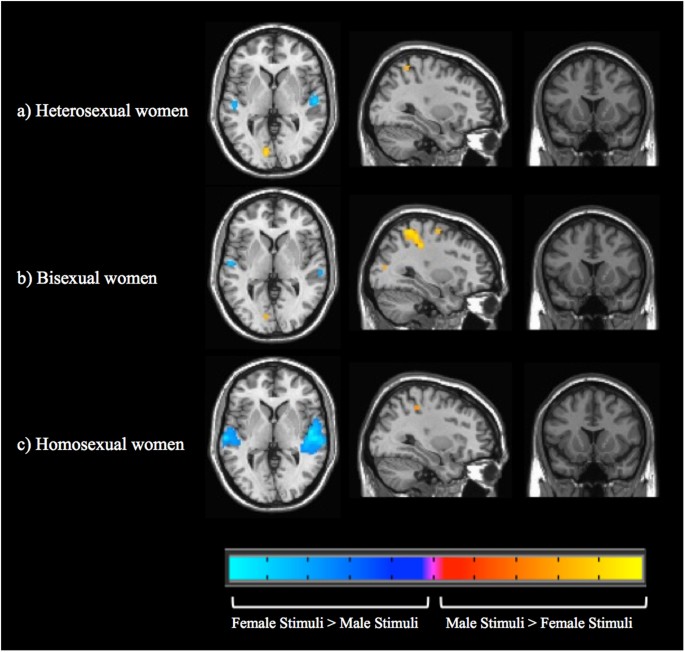Addiction Services Intensive Addiction Program
The arts can be used as an assessment tool to identify underlying issues that may be contributing to a person’s substance use disorder. Through art, individuals can gain insights into their own motivations and behaviors that can be helpful in determining a course of treatment. Finally, the arts can be used to advocate for those suffering from a substance use disorder by raising awareness of the issue and promoting understanding and compassion. Through art, individuals can share their stories, increase awareness, and offer support and hope to those struggling with substance use disorders.
Drug Abuse Screening Test (DAST-
Drug misuse is a term used commonly when prescription medication with sedative, anxiolytic, analgesic, or stimulant properties is used for mood alteration or intoxication ignoring the fact that overdose of such medicines can sometimes have serious adverse effects. It sometimes involves drug diversion from the individual for whom it was prescribed. what is the best treatment for substance abuse for older adults Philip Jenkins suggests that there are two issues with the term «drug abuse». For instance, GHB, a naturally occurring substance in the central nervous system is considered a drug, and is illegal in many countries, while nicotine is not officially considered a drug in most countries.
Medications to Treat
- Residential (meaning you live at a treatment program)Residential care usually lasts for a few weeks to a few months.
- Art can be used as a form of therapy in the treatment of substance use disorders.
- Licensed medical staff manage symptoms and monitor your condition 24/7 to ensure your safety and comfort.
- Through art, individuals can gain insights into their own motivations and behaviors that can be helpful in determining a course of treatment.
If you’re insured, check with the directory of your insurance company to confirm which services are covered and whether the support is inpatient or outpatient. Addiction Resource aims to provide only the most current, accurate information in regards to addiction and addiction treatment, which means we only reference the most credible sources available. Anchor House provides gender-specific residential treatment in Brooklyn, NY, that may last between 12 to 18 months depending on the needs of the client. Rosecrance accepts more than 25 types of insurance, including the major providers, as well as Medicaid, making treatment affordable for a wide range of individuals. Based in North Carolina, Freedom House Recovery Center never turns away individuals seeking treatment to recover from substance use. With locations in Chapel Hill, Durham, Norlina, Roxboro, and Warrenton, Freedom House receives grants and donations to offer care to anyone who needs it; in fact, donations are often made in memory of a loved one so others can receive treatment.
Substance Use Disorder Treatment Services Locators
A variety of factors were used to choose the best drug addiction treatment centers, including accreditation from leading associations and state departments of health. When reviewing a treatment center, we considered its history, facilities, programming, and contributions to research and education. In addition, we looked for multiple locations and specialty programs that could serve a wider group of individuals.
Certification of Opioid Treatment Programs, 42 Code of Federal Regulations, Part 2 protects patient confidentiality through restrictions concerning the disclosure and use of patient records pertaining to substance use treatment. It also shifted administrative responsibility and oversight of the program from FDA to SAMHSA. Action involves actively modifying behavior by making specific, observable changes to address the addictive behavior.
What To Look For In A Long-Term Residential Treatment Program
Some common names you’ll see are family and marriage therapy, motivational therapy, art therapy, or cognitive behavioral therapy (CBT). They are part of most treatment plans and usually happen with a licensed behavioral health professional, either one-on-one or in a group setting. Interim care (meaning you need care right away but there isn’t an opening)Many treatment options have long waitlists, but can still help while you wait. Interim care can provide daily medicine and emergency counseling to keep you safe until an outpatient, inpatient, or residential spot is ready for you. Evidence-based guidelines can assist doctors with choosing the right treatment options.
- This ranking is based on a national online survey of over 4,000 medical professionals in the addiction treatment industry and accreditation data provided by the Substance Abuse and Mental Health Services Administration (SAMHSA).
- The two leading accreditations a substance abuse treatment center can have are from the Joint Commission (formerly the Joint Commission on Accreditation of Healthcare Organizations or JCAHO) and the Commission on Accreditation of Rehabilitation Facilities (CARF).
- But it’s important to know not everyone is a candidate for it, and not every type of substance misuse has an approved medication treatment option.
- We also address any medical issues and administer the appropriate medications if clinically necessary.
Many programs combine behavioral therapy for addiction treatment with medications approved by the Food and Drug Administration (FDA) to manage withdrawal and/or help maintain recovery in the long run. Addiction can absolutely be treated, but just a few days or months of abstinence isn’t typically enough to make lasting behavioral changes.2 Instead, professionals view recovery as an ongoing process that requires long-term support and relapse prevention training. Because of this, people are encouraged to participate in aftercare after they’ve completed a rehab program.
The Federal Guidelines for Opioid Treatment Programs – 2015 serve as a guide to accrediting organizations for developing accreditation standards. The guidelines also provide OTPs with information on how programs can achieve and maintain compliance with federal regulations. The 2015 guidelines are an update to the 2007 Guidelines for the Accreditation of Opioid Treatment Programs.
DPT oversees the certification of OTPs and provides guidance to nonprofit organizations and state governmental entities that want to become a SAMHSA-approved accrediting body. Learn more about the accreditation and certification of OTPs and SAMHSA’s oversight of OTP accreditation bodies. Funding will support evidence-based, holistic practices that address the overdose crisis. People experiencing SUDs have trouble controlling their drug use even though they know drugs are harmful. A .gov website belongs to an official government organization in the United States. Start by verifying if insurance may cover the cost of treatment by filling in our verification of insurance benefits form.










